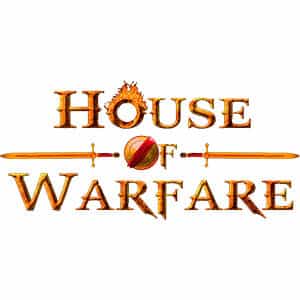The word ‘LARP’ still tends to evoke pretty mixed mental images for most people. It might make you think of people running around in the woods, dressed in homemade fantasy costumes, smacking one another with foam sticks. It’s also picked up a negative connotation – in modern political parlance, to ‘LARP’ is to play-act or to deceive, to pass yourself off as better than you are.
Dig a little deeper, and you’ll find that LARP is one of the world’s fastest growing hobby communities. From its genesis in the tabletop-roleplaying milieu of the 1980s, LARP has grown up: shedding its restrictive (and sometimes even problematic?) past to become an all-encompassing pursuit for all ages, identities and abilities. Even the pandemic hasn’t been able to take the shine off LARP, with a new flowering of LARP taking place in the 2020s. LARP is now as diverse as the people who participate in it: from casual ‘boffer’ LARP, to costumed combat-games akin to modern fencing, to visceral Nordic LARP that doesn’t shy away from the dark side of humanity.
So if you’re wondering ‘what does LARP mean?’, we’ve put together a brief introductory Q&A for the LARP-curious to answer your questions, to dispel some myths, and to get you all revved up to dive into the hobby yourself!
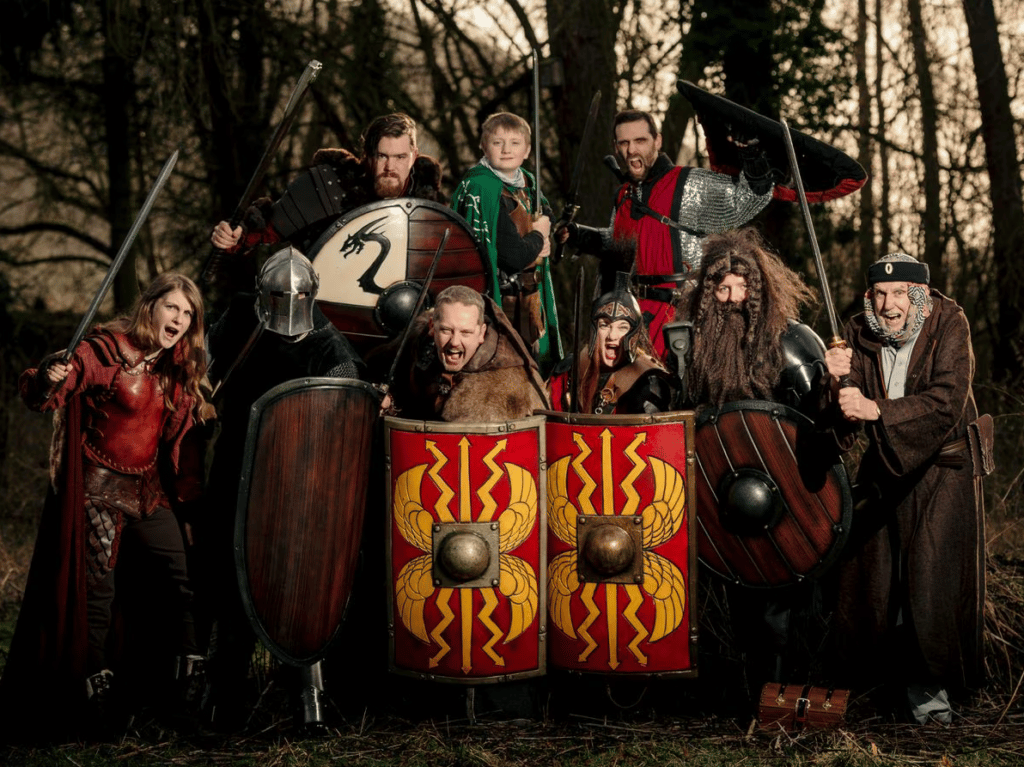
What does LARP mean?
Let’s start with the simple stuff. ‘LARP’ stands for ‘Live Action Role Play’. At its core, LARP refers to the practise of inhabiting a fantasy character, in order roleplay in a real-life context with others. That’s it.
But wait, isn’t that just cosplay?
Cosplay and LARP have a lot in common – both involve ‘dressing up’ and going out in public with other people. But there, the similarities end. With cosplay (as the name suggests, from ‘costume’ and ‘play’), the costuming is generally the endgame – achieving the desired visual effect as powerfully as possible, using either homemade or assembled costumes. The goal of LARP is to inhabit a character through roleplay, and whilst the costume is frequently an important part of that, it is usually in service of portraying a character through acting and immersion. Where cosplayers frequently portray recognisable characters from movies, TV shows or comics (or even mash-ups of several characters!), LARPers tend to create their own setting-dependent characters to portray. This isn’t to say that LARP is a ‘better’ hobby than cosplay – merely that they are aiming at different ends.
What does LARPer mean?
Quite simply, someone who participates in a LARP. It might be your first time, it might be your hundredth time. If you’re engaged in the hobby in whatever form that might be, you’re a LARPer!
So what types of LARP are there?
With a hobby as broad as LARP, there are many different types and styles of live-action roleplay, depending on how players want to explore their characters. Broadly, we can group them into four overarching types, each with their own distinct heritage and culture: demonstrative LARP, tabletop LARP, salon LARP and historical LARP.
Demonstrative LARP encompasses more combat-focused LARP styles, sometimes referred to as ‘boffer’ LARP because of the foam-padded ‘boffers’ used in simulated combat. Generally, exploring characters and outcomes through partial- or full-contact combat is the focus of this types of LARP. Players will participate in combat games, often with scoring rules akin to modern fencing disciplines. Specific demonstrative LARP games include Dagorhir and Belegarth, both of which are multinational organisations consisting of thousands of players globally.
Tabletop LARP, as one might guess, draws its inspiration from tabletop roleplaying games. In this type, a more structured ‘quest-style’ is common, with one participant acting as ‘Dungeon Master’ to direct the story and to adjudicate the outcome of player actions. Sometimes, some participants act as ‘monsters’, taking on the role of non-player characters faced by the player party. Generally, roleplay interactions between characters and with non-player characters is a greater focus in this LARP type. Combat is generally light-touch or simulated by rolling dice or drawing cards.
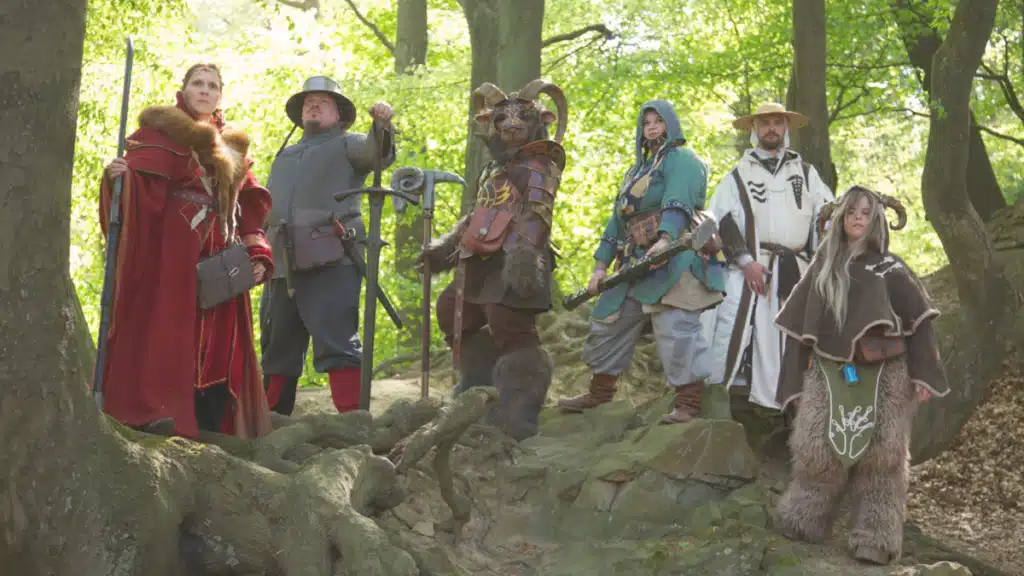
Salon LARP, sometimes called ‘parlor’ LARP, draws on a very different set of influences. Where Tabletop-style LARP imports ideas from tabletop roleplaying, salon LARPs draw on theatre and improv entertainment forms to explore their participant’s characters. Seen as a more ‘adult’ form of LARP, combat is usually non-existent or highly stylized. Most salon LARPs have few rules or imposed structure, rarely having a DM or adjudicator, preferring to explore how interpersonal relationships play out between characters in a more freeform fashion. Salon LARPs aim to challenge and enlighten players, rather than be a ‘game’ in the traditional sense. As well, salon LARP includes more dark and gothic-inspired forms of LARP, such as the ‘Nordic’ style of LARPs that directly address intense themes of loss, grief, addiction and horror. This type of LARP often questions, what does LARPing mean?
Historical LARP, also known as ‘hard steel’ LARP, takes actual history as its starting point. Re-enactment, living history and experimental archaeology is an obvious source of inspiration for this type of LARP, but where re-enactors seek to portray specific periods of history as accurately as possible, historical LARP takes a more relaxed approach. Groups like the Society for Creative Anachronism or the Kingdom of Acre fall into this category – and whilst their visual language is very clearly derived from medieval European historical re-enactment, the method and the aims are much more closely derived from the LARP scene: seeking to create engaging and immersive individual characters, being less concerned about exact period faithfulness, and so on.
What is ‘immersion’?
I’ve mentioned immersion, and LARPers seeking an ‘immersive’ experience several times without defining it exactly. So here goes: immersion is the feeling of being totally ‘in the moment’, lost inside the fiction of the LARP. It’s one of the most important qualities of LARP, and most events are set up to maximise immersion.
LARPers achieve immersion in many different ways. For some, the costuming is incredibly important: some players will even wear masks or prosthetics to fully inhabit their characters! Event organisers will pursue immersion by making props and scenery, the larger conventions even going so far as to set up living history crafts and tent villages, with players trading in fantasy money for goods and services. Other styles of LARP seek to achieve immersion in other ways: for example, some more avant-garde forms of salon LARP sometimes eschew costumes and props entirely, trusting to theatre-of-the-mind, and achieving immersion through the intensity of the characters and the stakes involved.
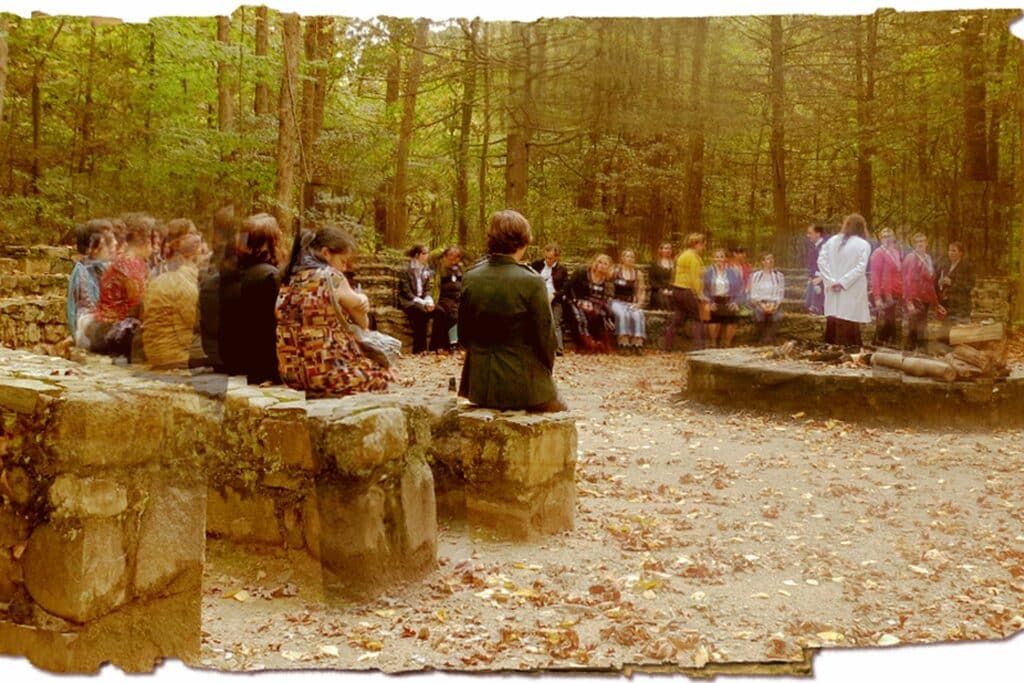
What’s it like at a LARP event?
LARP events come in a huge range of sizes and durations! Some salon LARPs are designed to be played with a small number of people in a closed indoor context with minimal equipment over a few hours, so you could easily run one with friends in the course of an evening. On the other end of the spectrum, some LARP festivals consist of whole villages built for the event, with acres of countryside space, multiple activities and events taking place at the same time, over multiple days (the spectacular Duché de Bicolline event in Quebec, Canada is a week-long LARP bonanza consisting of two medieval villages, 140 hectares of countryside and a fully-realized world of lore for maximum immersion!).
Most small-scale local LARP events are a little more down-to-earth. A tabletop-style LARP event might take place in a local park or on private land over a weekend, with a structured quest designed to conclude by the end. Hours of play are usually broken up by mini-games, puzzles and themed food! LARPers are among the friendliest, nicest humans you’re likely to meet – it takes a special kind of person to unselfconsciously dress up in chainmail and a wizard hat and cavort around in a field – and they’ll do everything they can to make things relaxed and fun for everyone.
Some LARP events are part of larger games or organisations (such as the aforementioned Dagorhir and Belegarth), but some are just organised by local clubs.
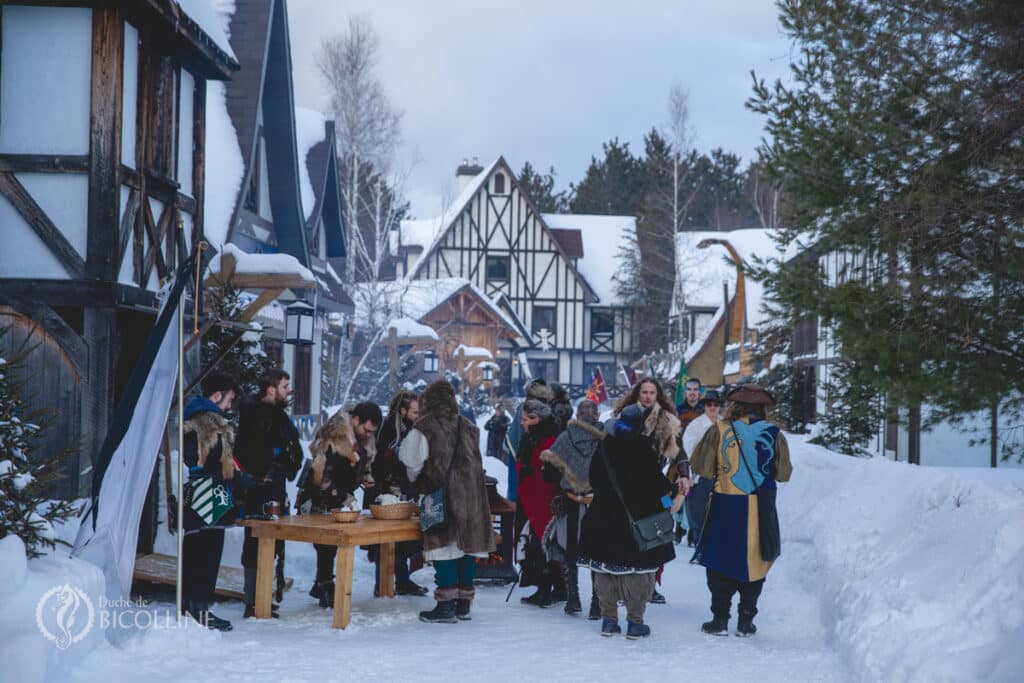
Isn’t LARPing expensive?
The answer to ‘what does LARP mean’ doesn’t have to be ‘Poverty’! Like any hobby, LARPing is as expensive as you want it to be! There is a huge variety of high-quality off-the-shelf equipment available on the internet – the best of which, of course, is available right here at our Medieval Ware store! We have a huge range of LARP-safe weaponry, authentic medieval armor and medieval clothing. But LARPing doesn’t have to break the bank for beginners. You can assemble a fantastic LARP costume for as little as $100. As well, many LARPers put their own time and effort into making their own clothing and accessories, learning leatherwork and tailoring skills. Hardcore LARPers can spend big on stunning armour and gorgeous handmade leatherwork.
LARP events or conventions typically charge an entry fee – depending on their popularity, this can be anything from a few bucks for a local event, to $100 or more for a popular national con. Typically this includes food, although accommodation might sometimes be extra.
Are LARP events accessible?
Absolutely! Modern LARP has evolved to take account of a whole range of different abilities. LARPers with disabilities might gravitate more towards tabletop or salon-style LARPs, which have been the quickest to interrogate their practises and ensure they’re as accessible as possible. But the contribution of players with disabilities is an evolving subject that roleplaying as a whole has had to grapple with in recent years. Until relatively recently, gamers with disabilities have been largely invisible from the LARPing community, but that is all changing. The Nordic LARP communities were among the first to centre the experiences of disability, perhaps unsurprisingly as its mission has been to set out to explore the less comfortable aspects of human experience. But, encouragingly, in recent years, combat LARP organisations have begun to address their ‘non-disability friendly’ culture, instituting accessibility rules and engaging in healthy dialogues with their community. Now, when we ask ‘what does LARPer mean’, we don’t have to imagine an able-bodied person: the hobby is open to everyone.
If you’re unsure about access at a LARP event you want to attend, you should absolutely ask the organisers. Any group worth your time will be more than happy to discuss their access plans with you.
What themes do people LARP on?
The wonder of LARP is that it can encompass more or less any theme that people can imagine. The theme for a LARP is called the ‘setting’, which describes its context and general overview.
Most popular are traditional sword-and-sorcery fantasy LARPs, set in a variety of medieval-ish settings. Depending on your group, they might have certain general rules for outfits and equipment: for example, it might be a ‘low-magic’ setting, where wizards and warlocks are rare, and you might want to focus your outfit on more mundane occupations like merchants and squires. Alternatively, in a ‘high fantasy’ setting, you might be able to go wild with magical accoutrements, wands and staffs to your heart’s content. Obviously these settings owe a huge debt to traditional tabletop games like Dungeons and Dragons, which in turn were inspired by classic fantasy fiction of the 1960s and 1970s like The Lord of the Rings, Sword of Shannara and others.
Aside from fantasy-medieval settings, LARPs can have many other settings. The tabletop RPG Vampire: The Masquerade has spawned a whole subculture based on the vision of the modern-day vampire underworld, and many LARPs draw on this rich noir vein (no pun intended). H. P. Lovecraft’s gothic-horror-mystery mythos is also a very popular LARP setting, where uneasy Gilded-Age aristocrats brush shoulders with unsavoury journalists and paranormal investigators. Other popular LARP settings include the Weird West (cowboys and aliens!), science fiction, zombie-outbreak, and many many others.
Should I get involved in LARPing?
Yes! Go and find a local LARP group, or set up your own! What’s stopping you?

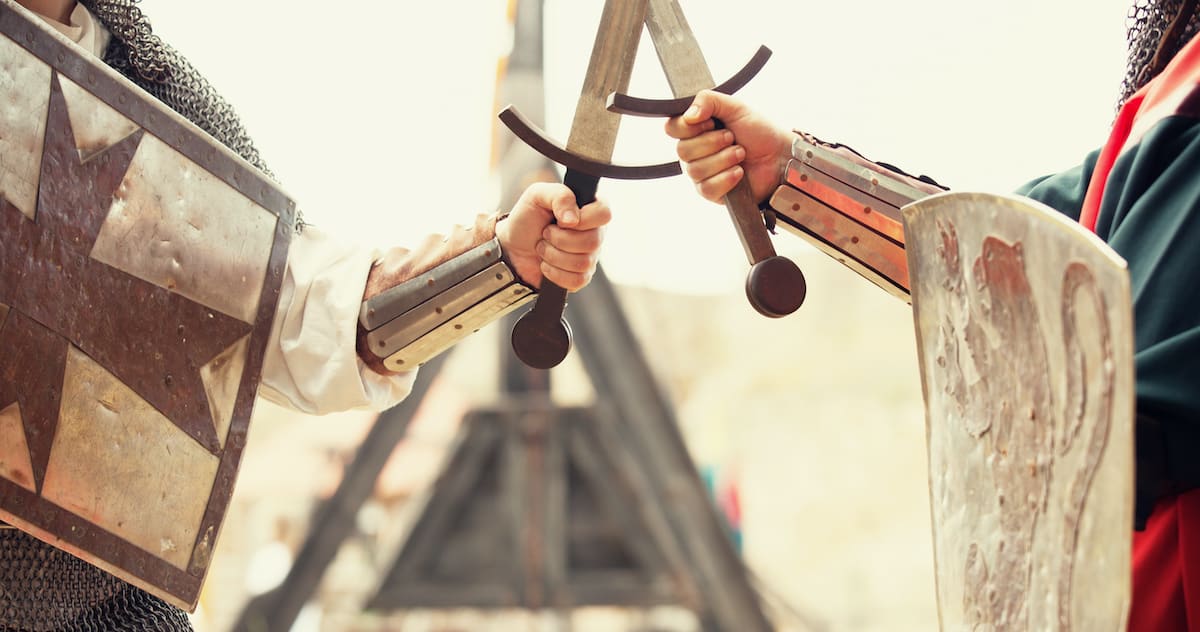 Historical Swords
Historical Swords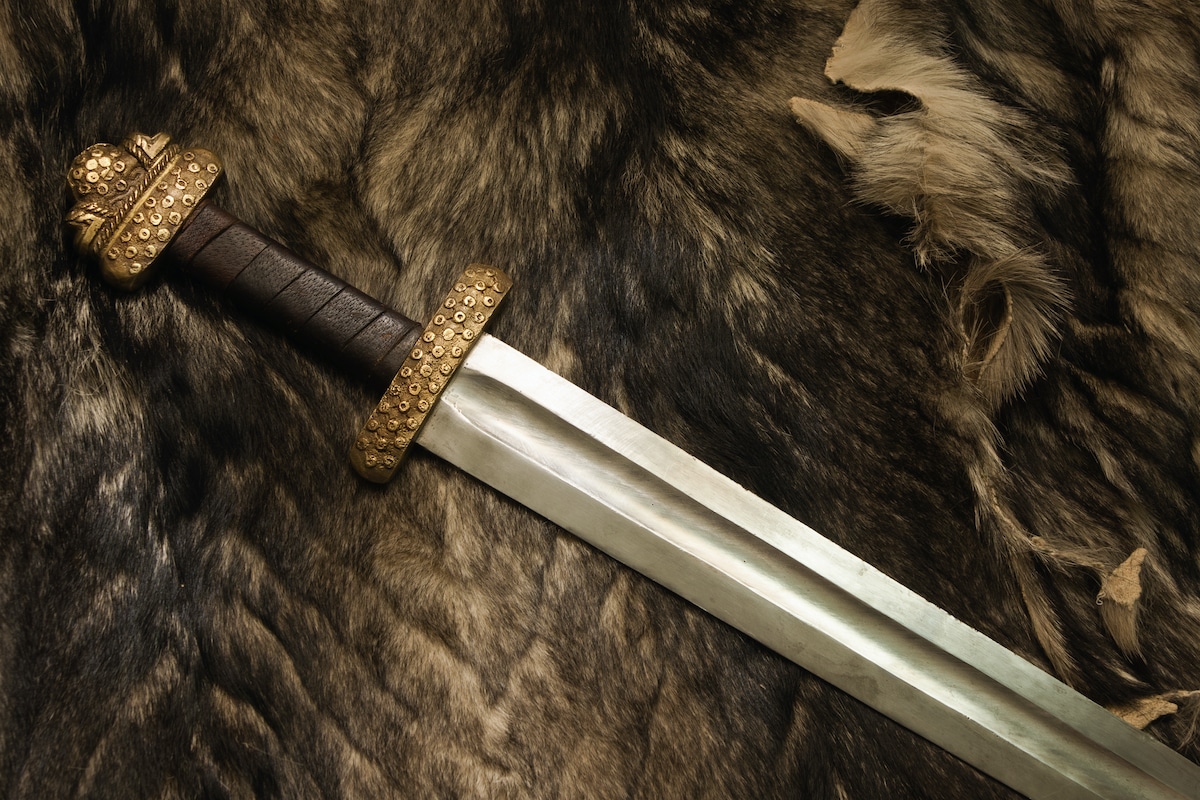 Norse & Viking Swords
Norse & Viking Swords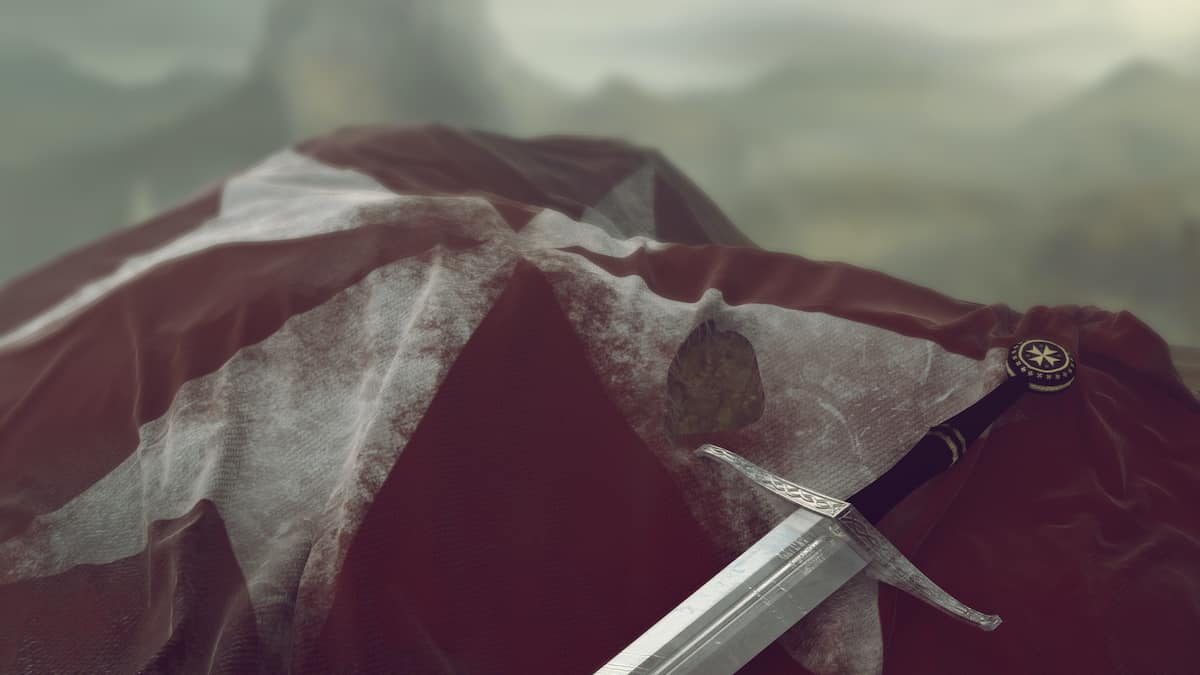 Templar Swords
Templar Swords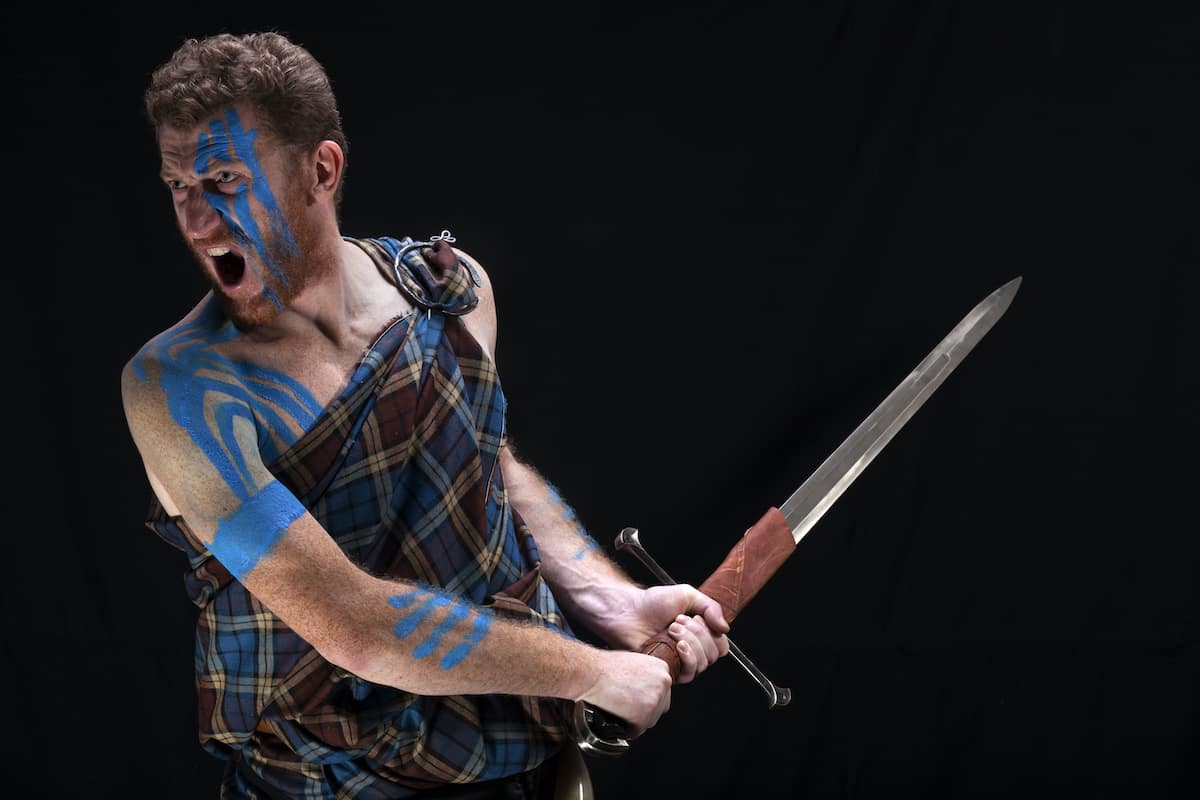 Claymore Swords
Claymore Swords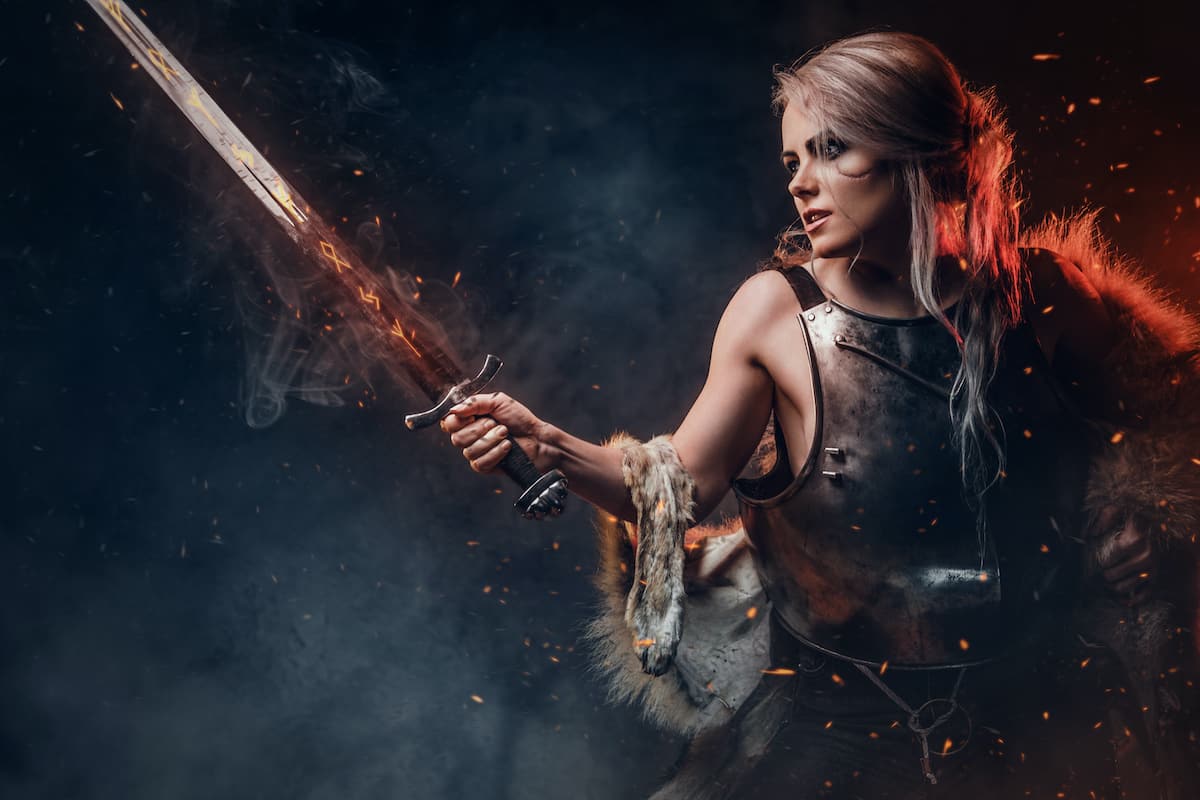 Fantasy Swords
Fantasy Swords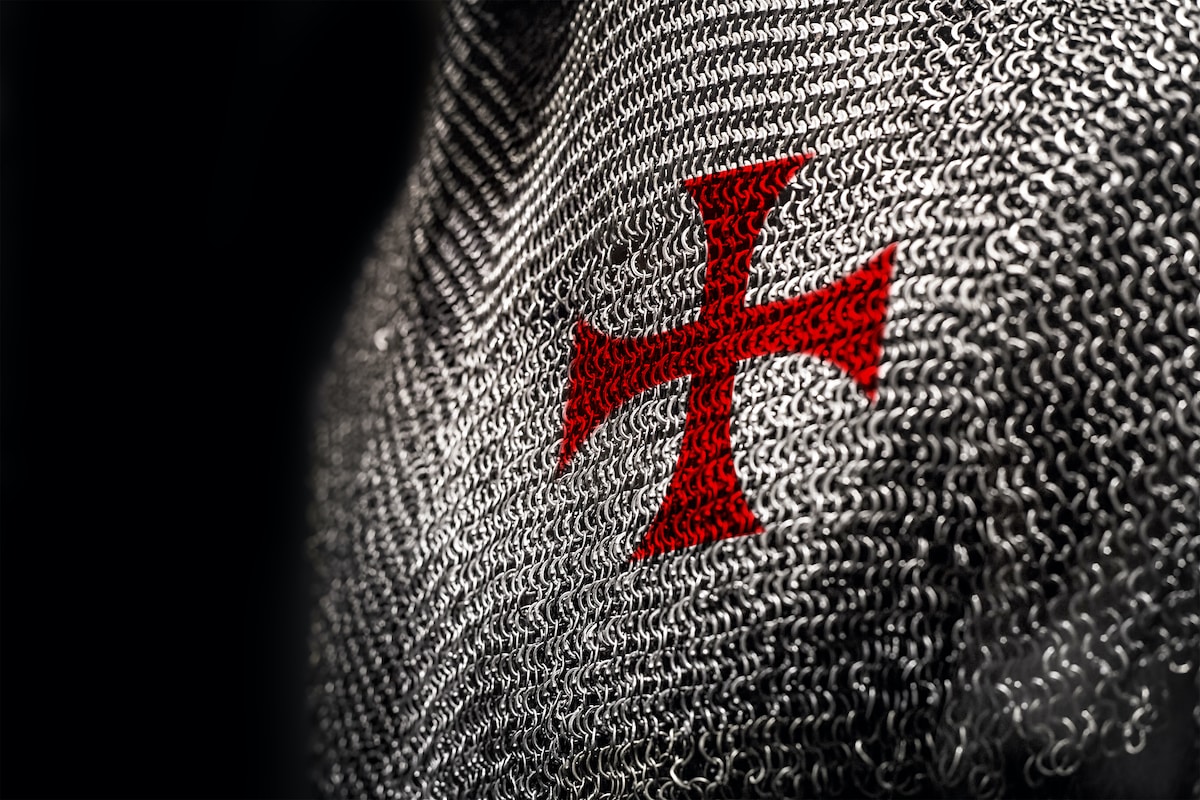 Chainmail
Chainmail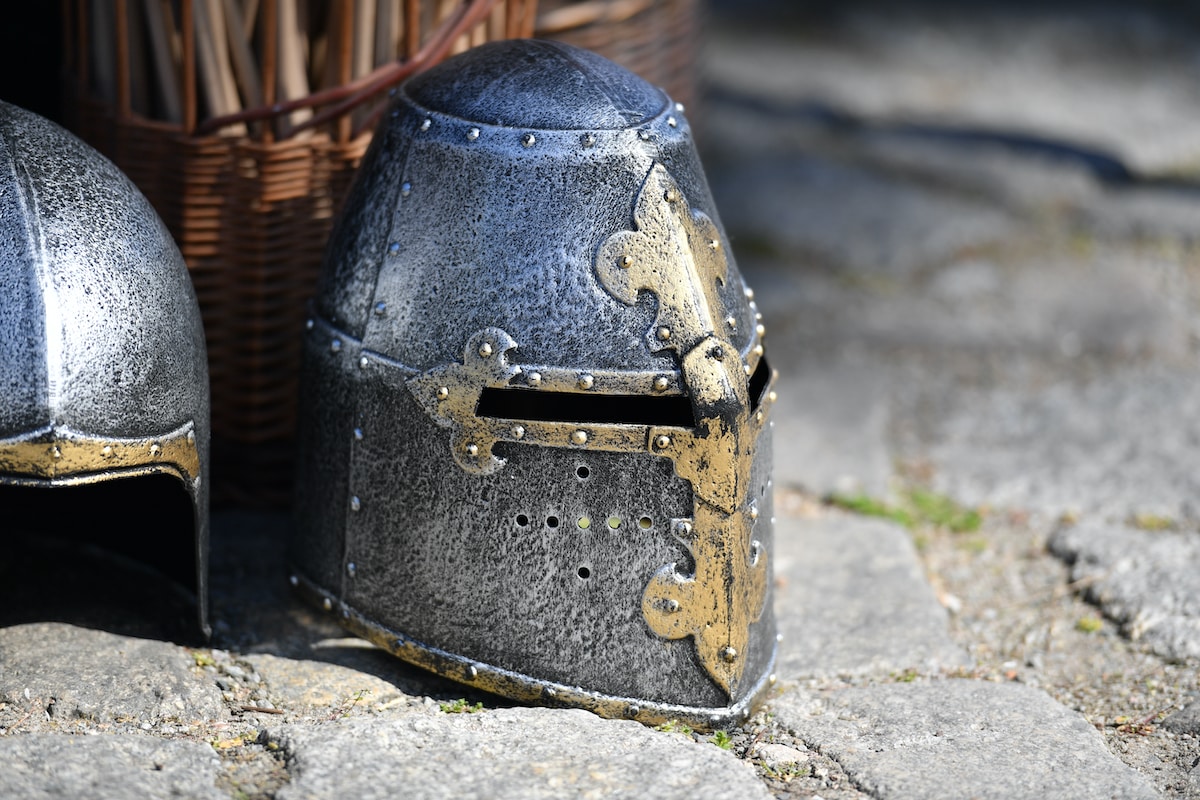 Helmets
Helmets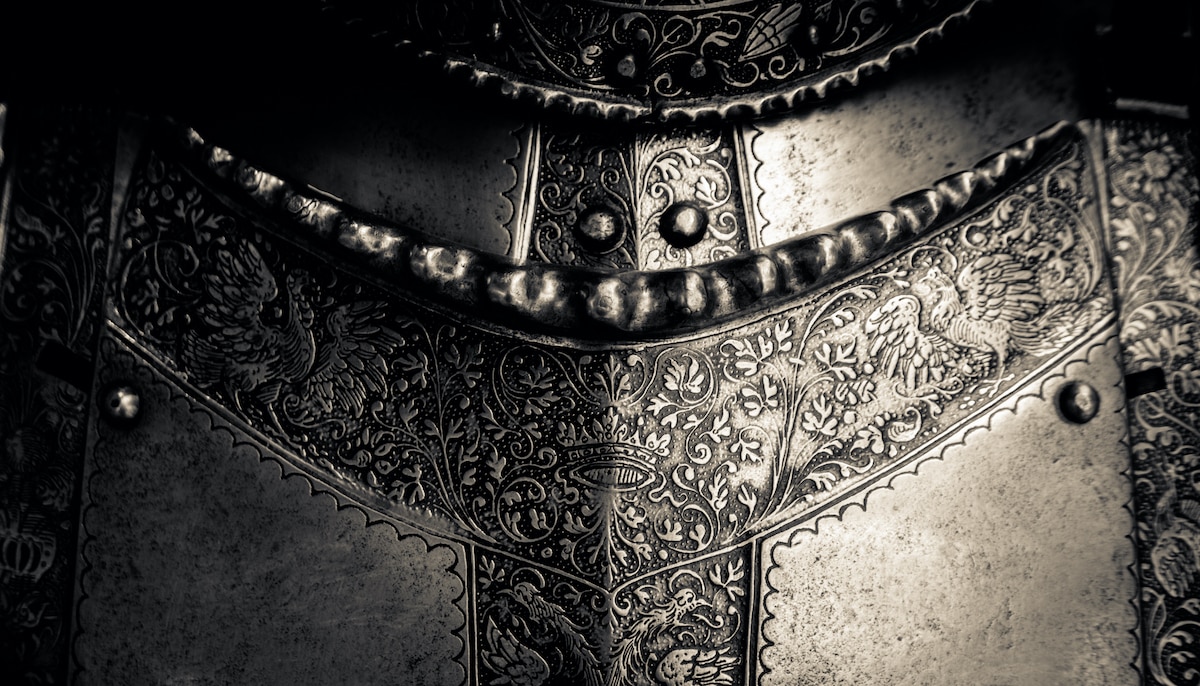 Torso Armor
Torso Armor Bracers and Arm Protection
Bracers and Arm Protection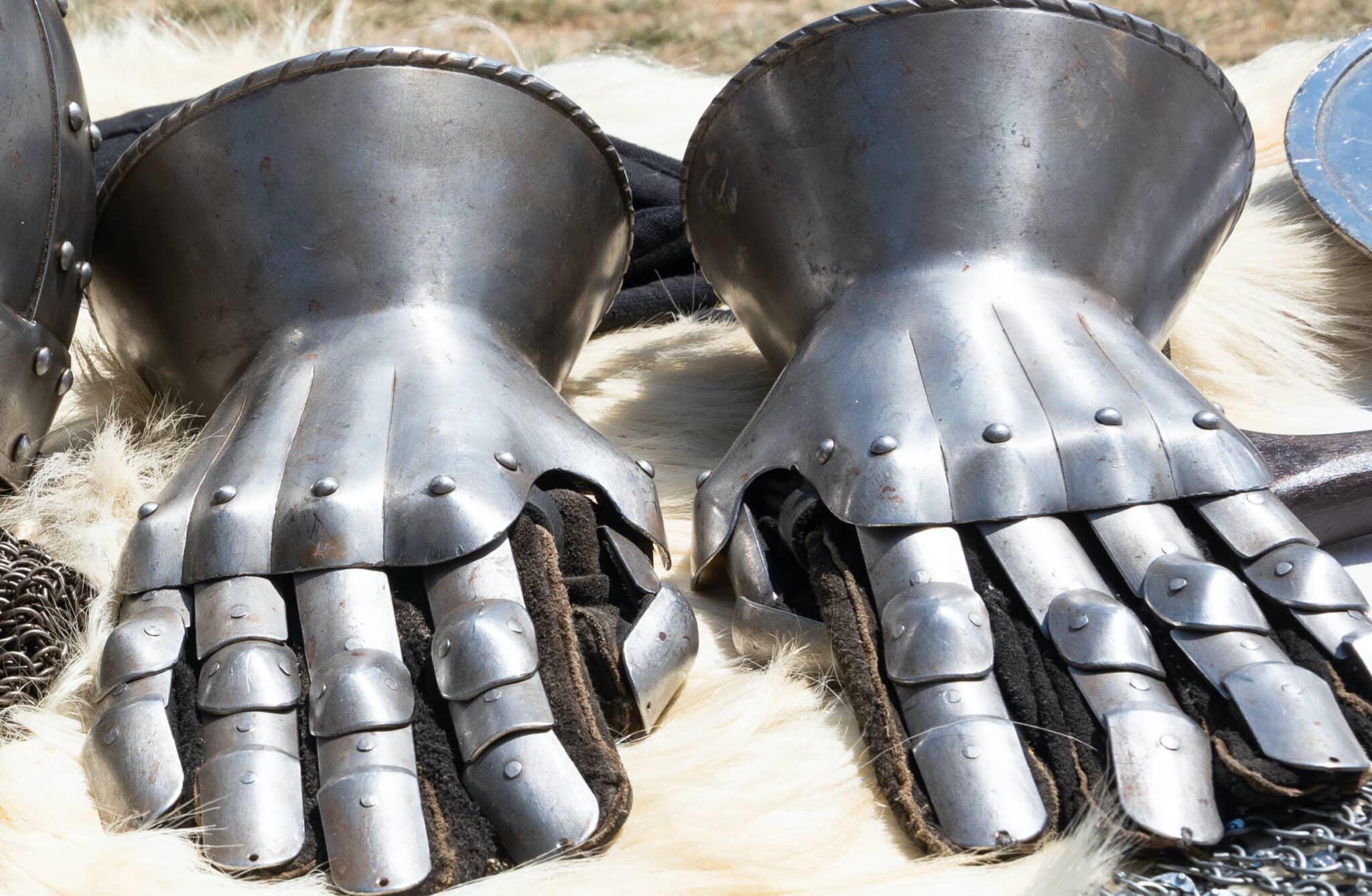 Gauntlets
Gauntlets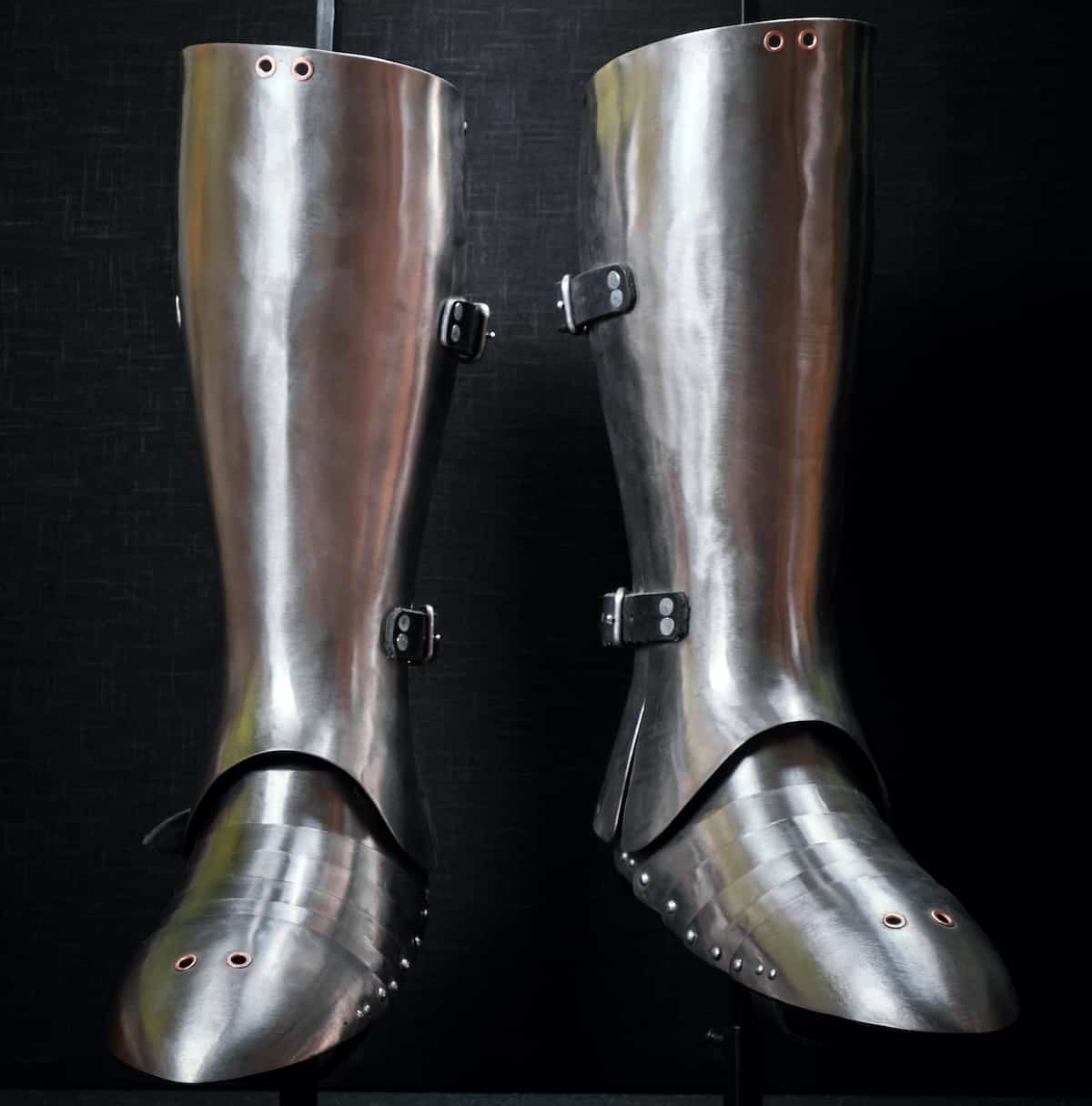 Leg Armor
Leg Armor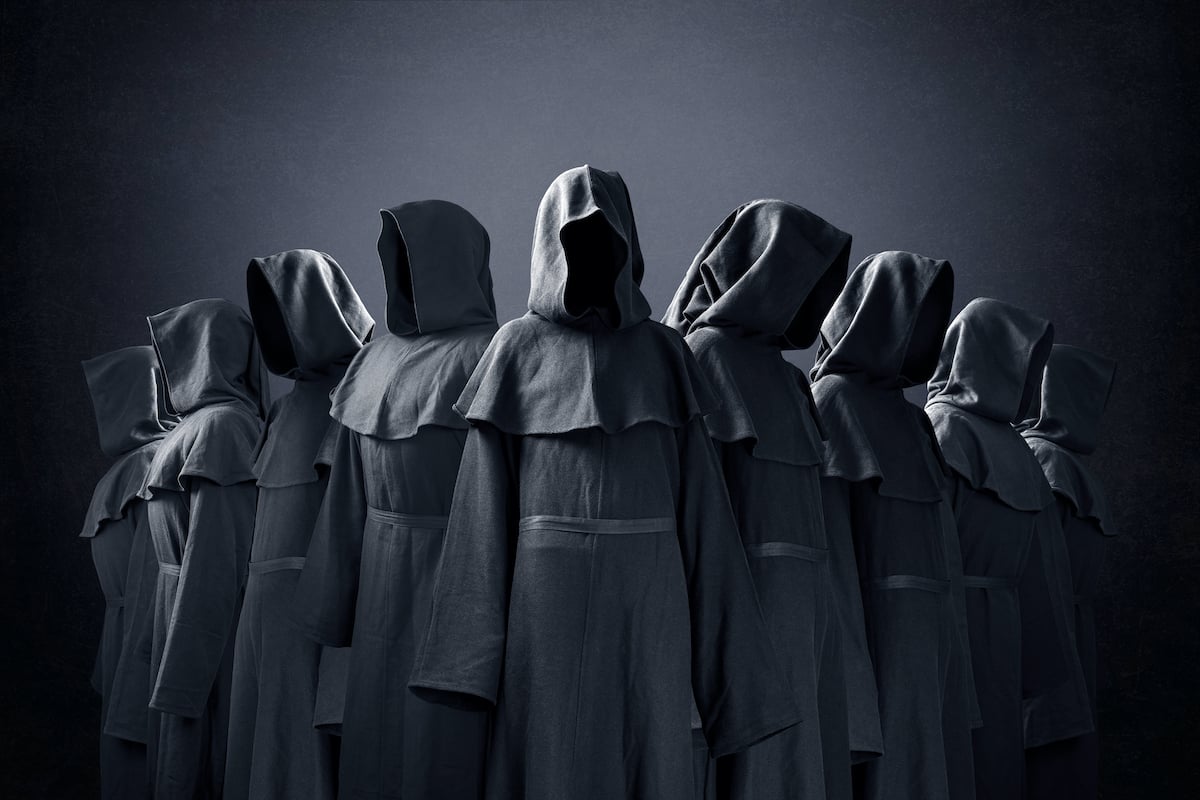 Cloaks
Cloaks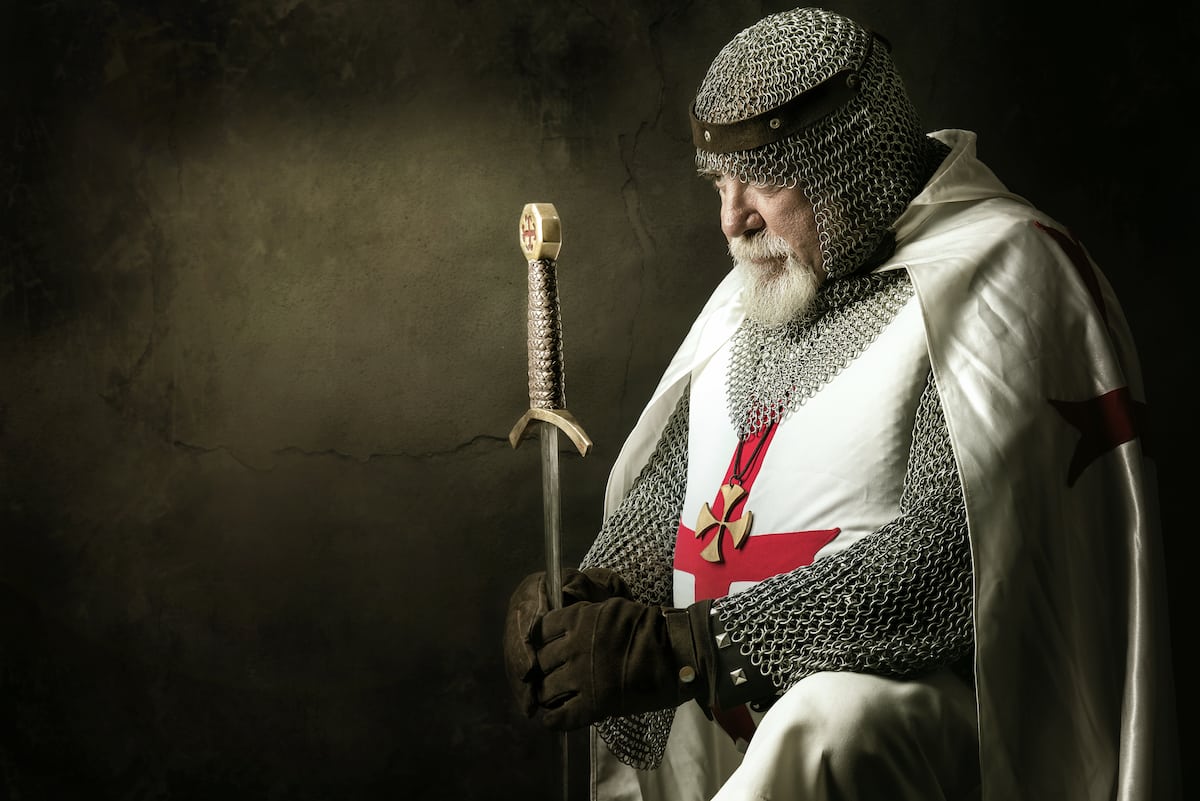 Tabards
Tabards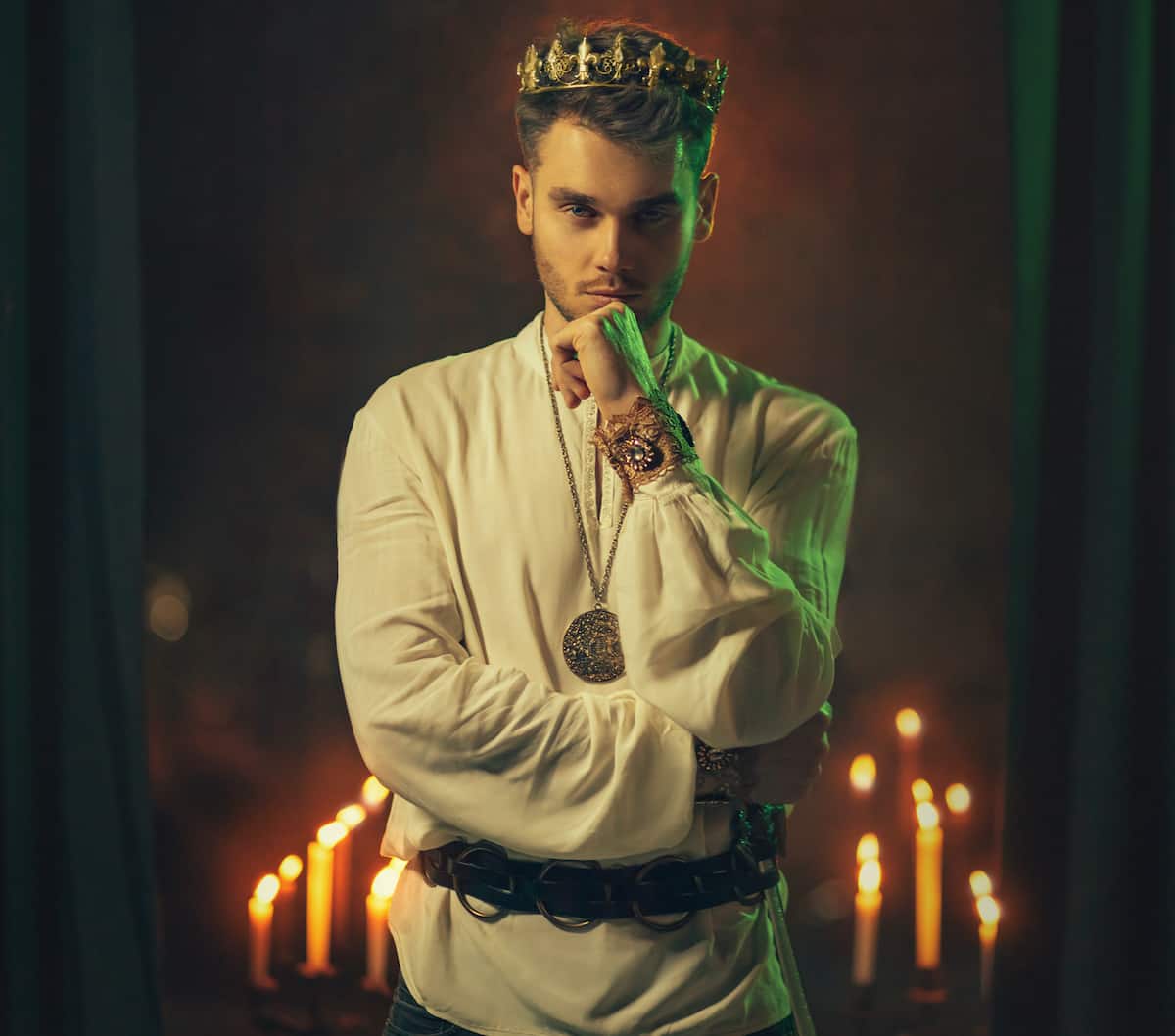 Shirts
Shirts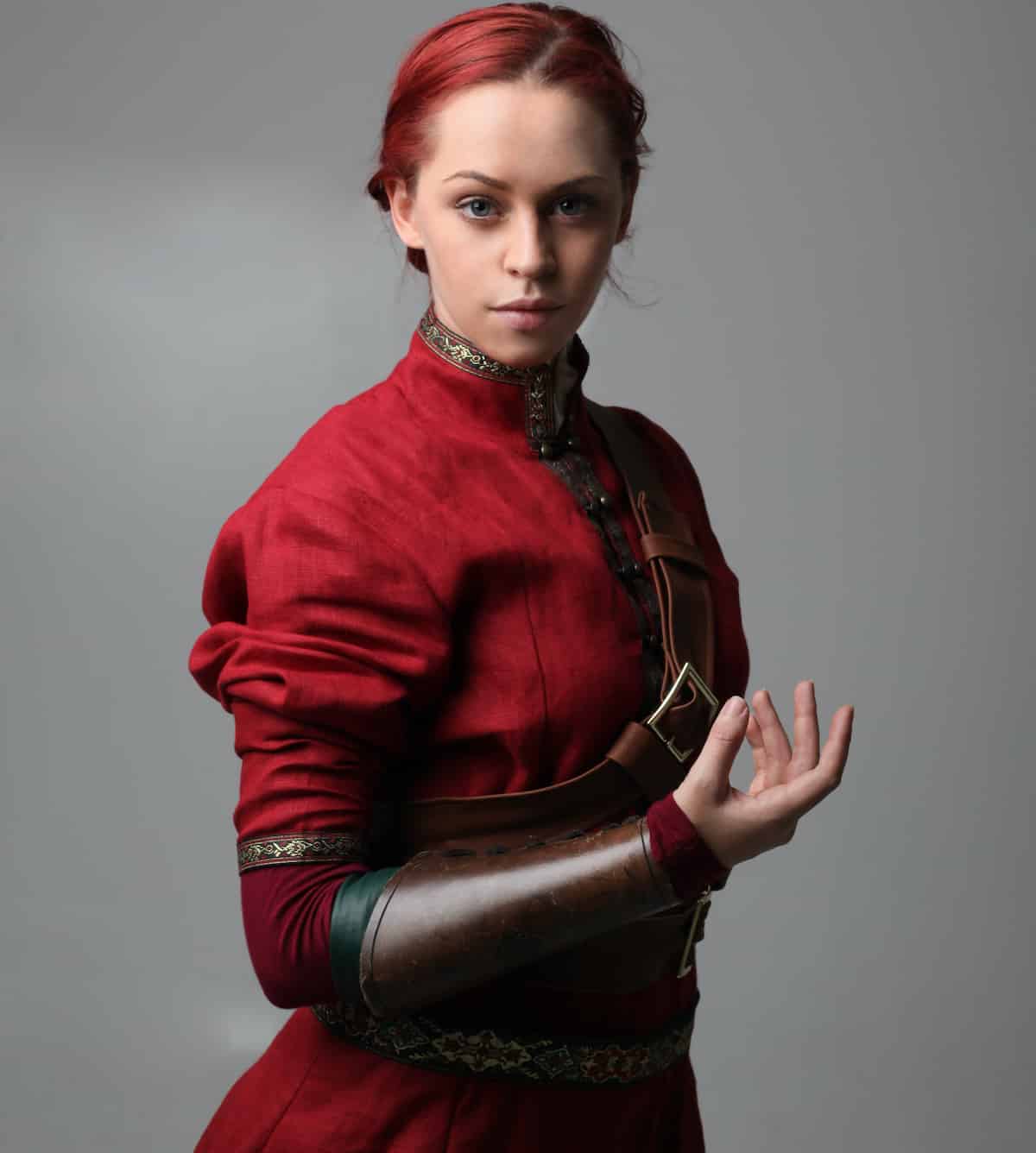 Tunics
Tunics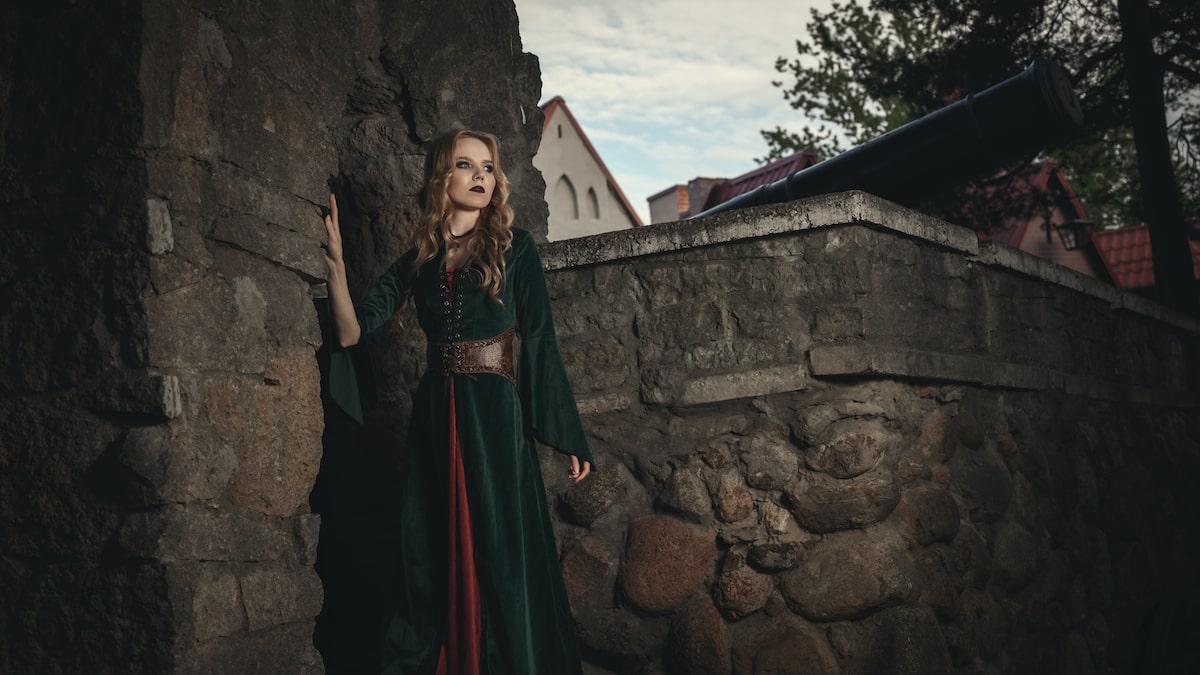 Dresses
Dresses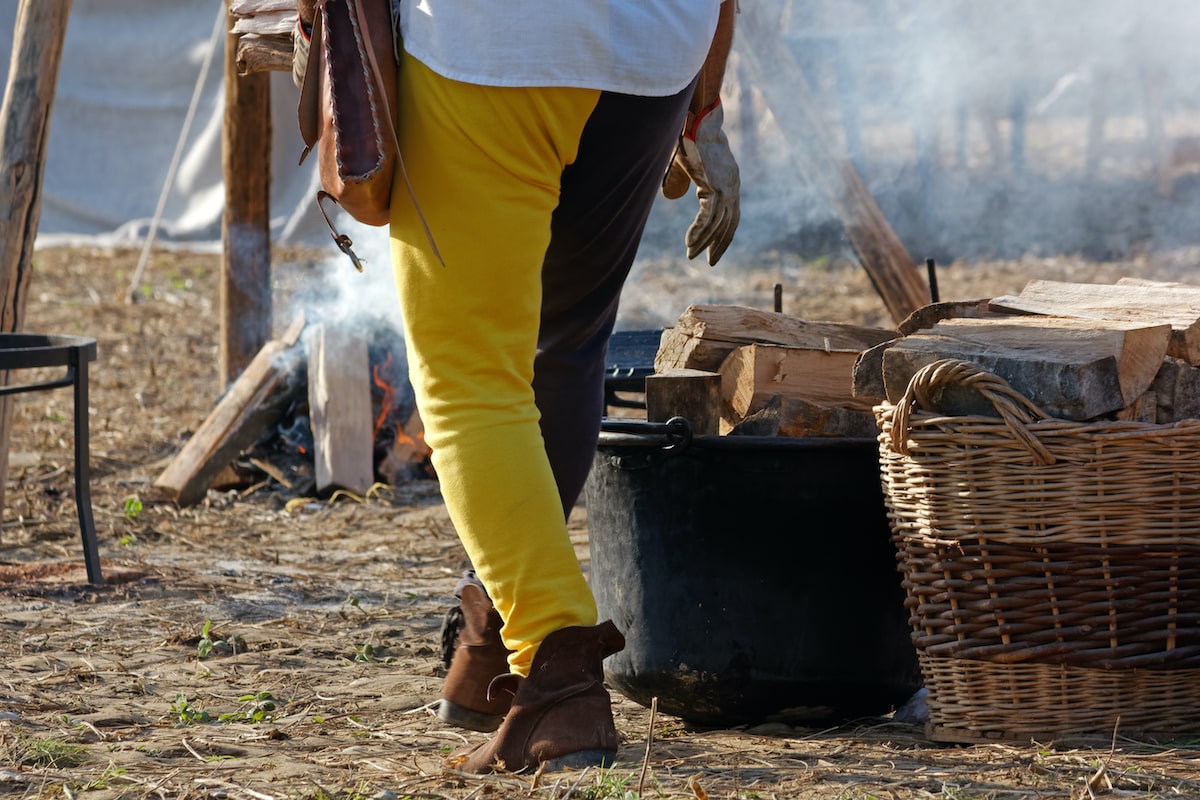 Pants
Pants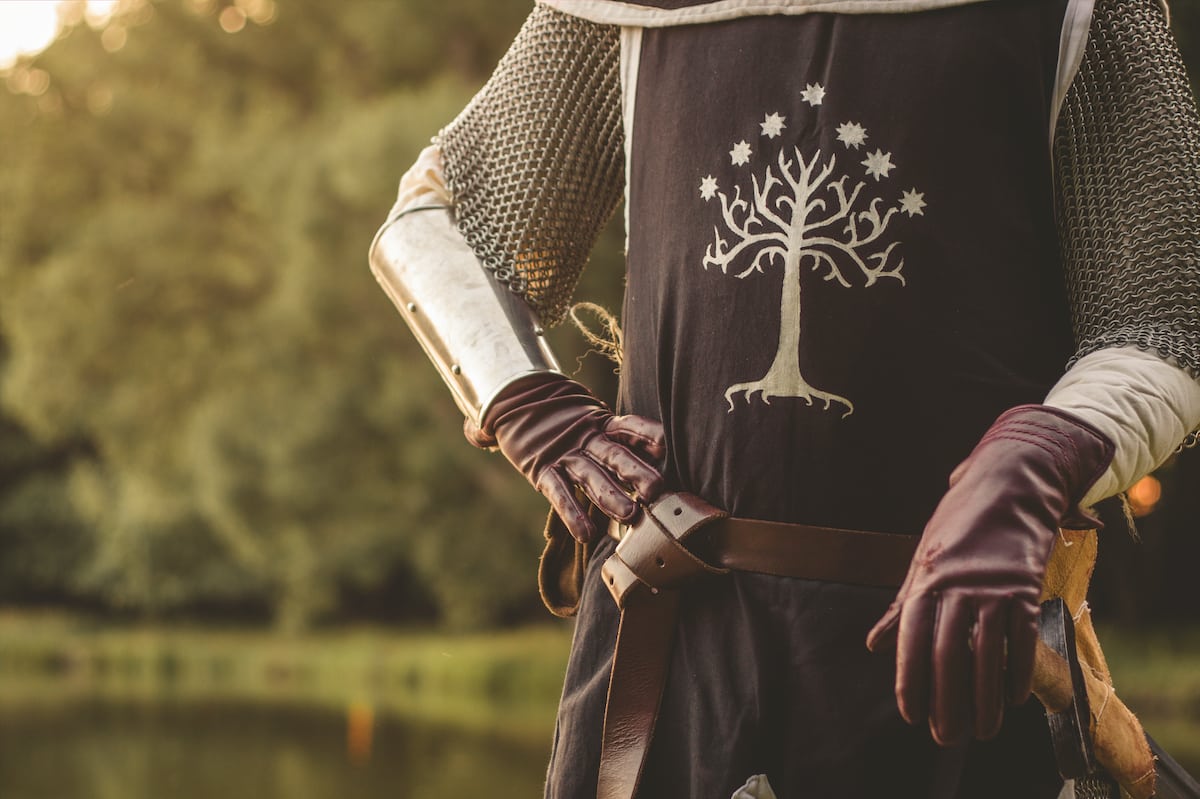 Gloves
Gloves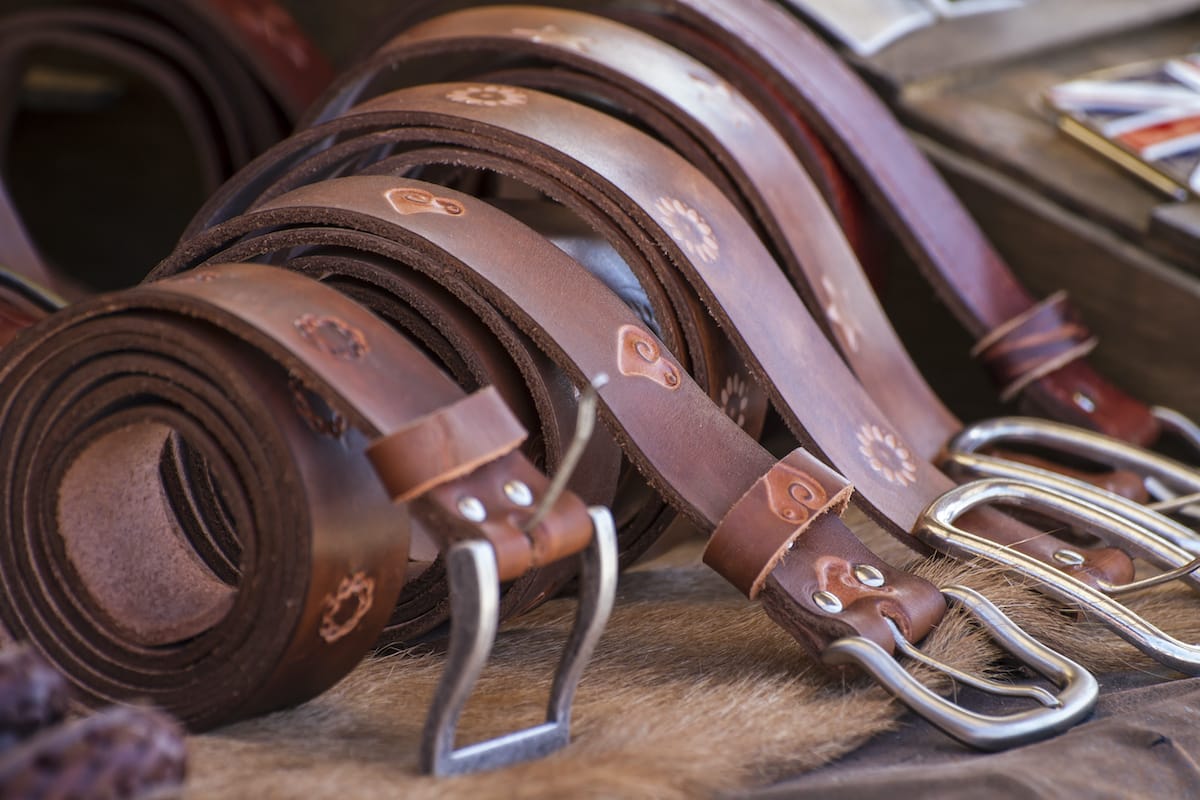 Belts
Belts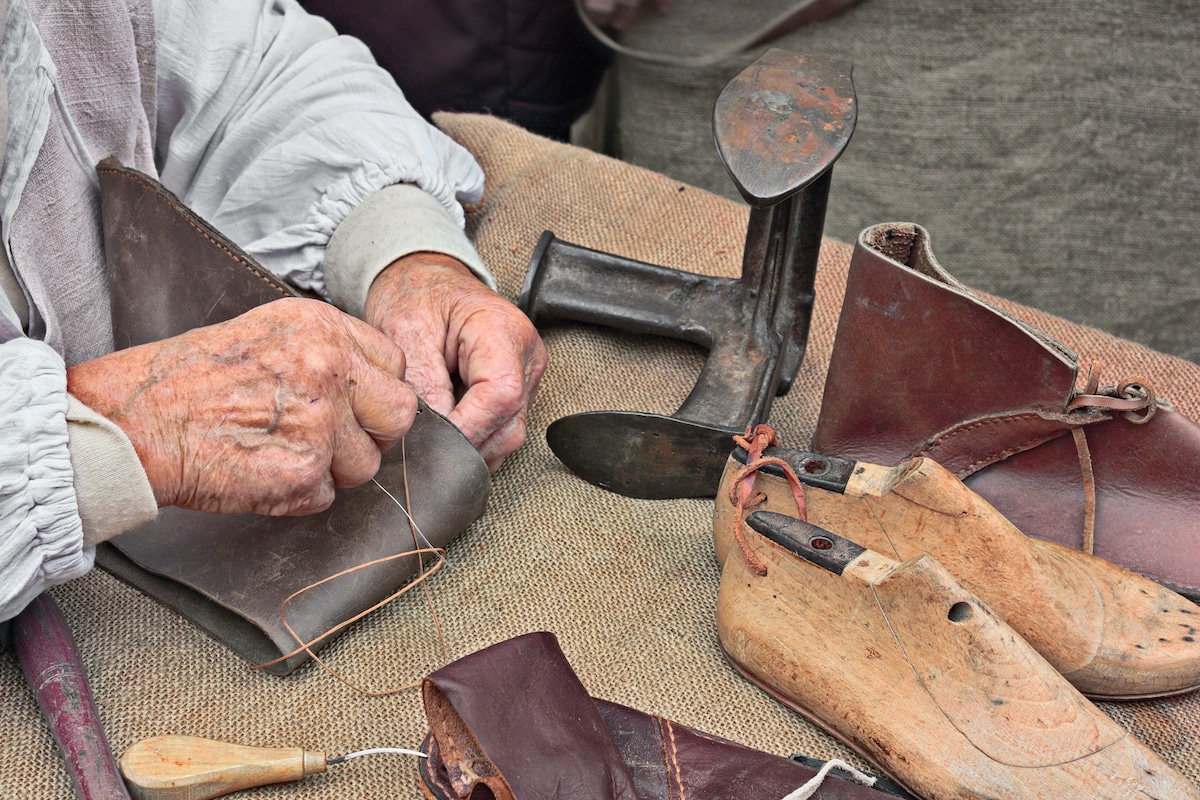 Shoes
Shoes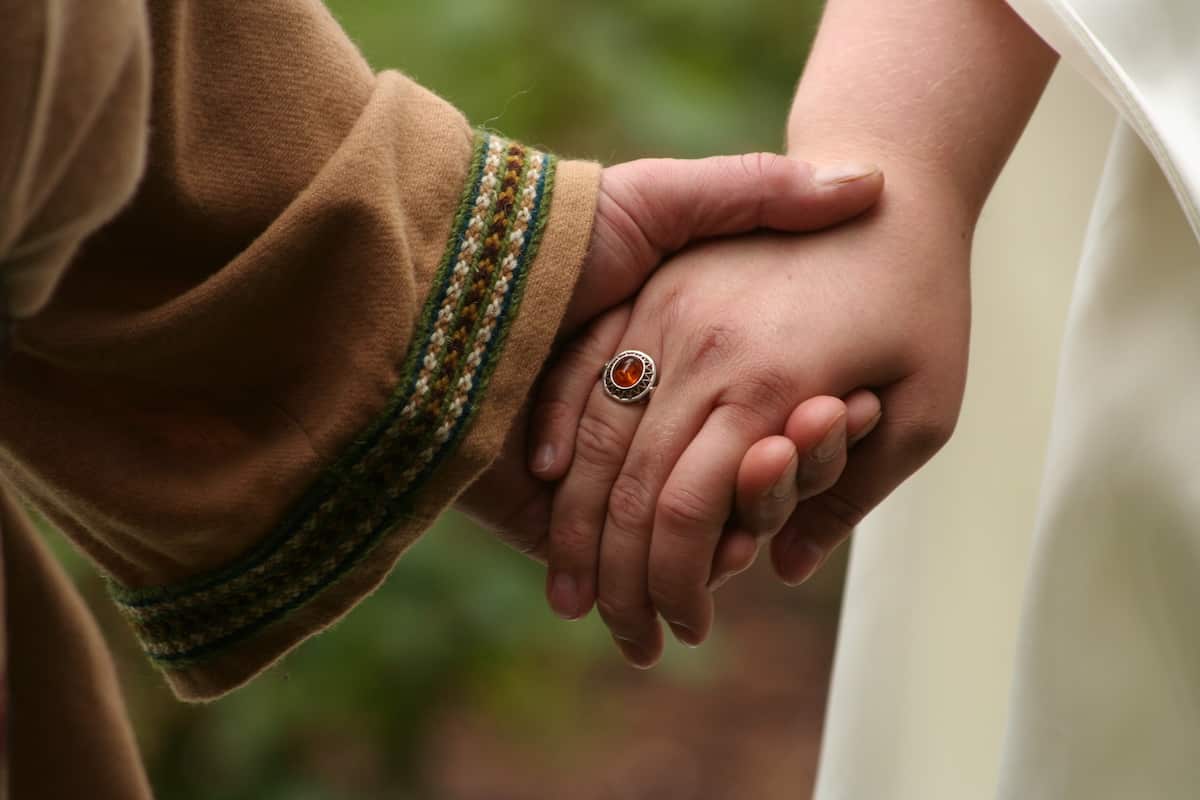 Rings
Rings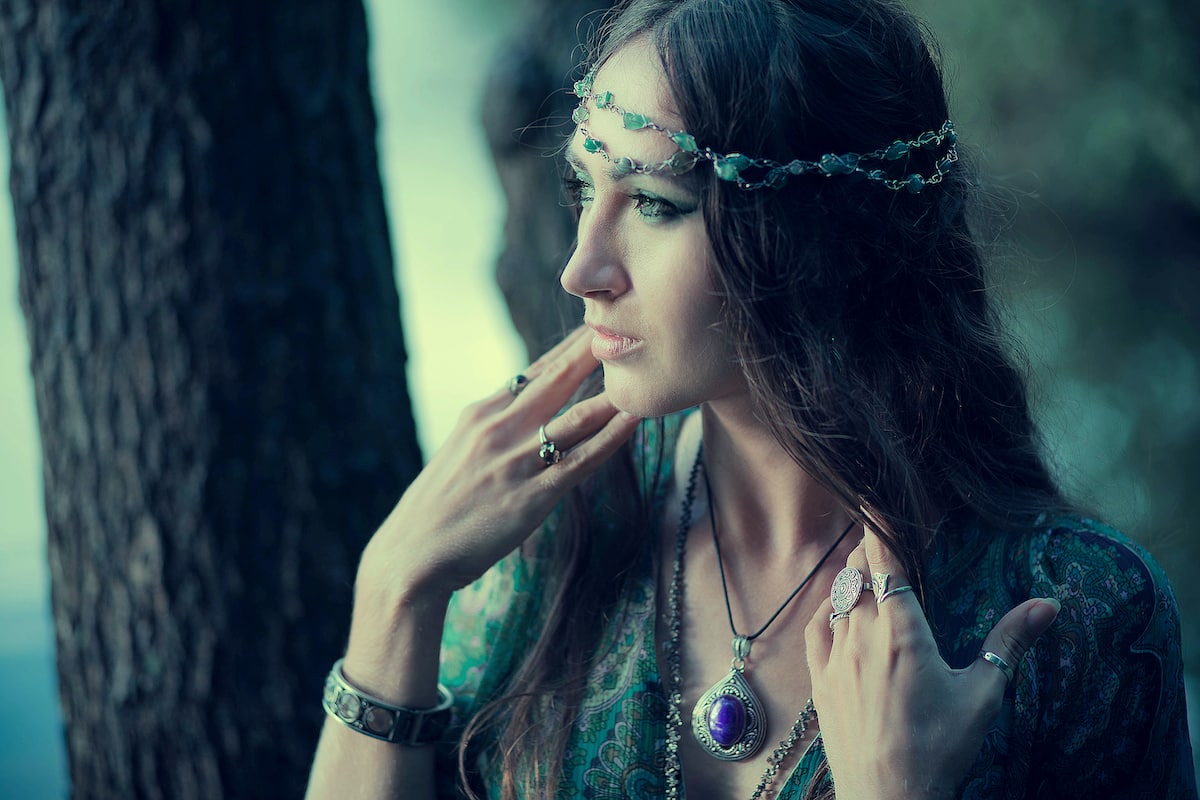 Necklaces & Pendants
Necklaces & Pendants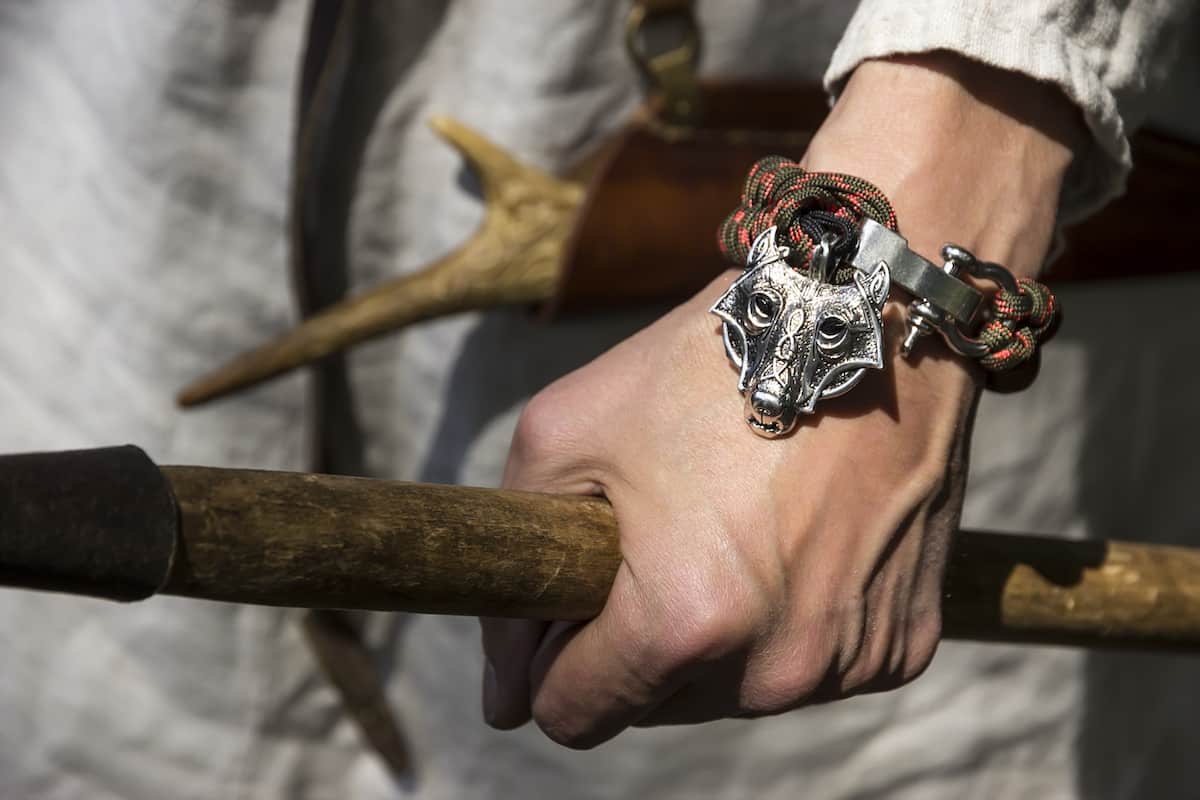 Bracelets
Bracelets
